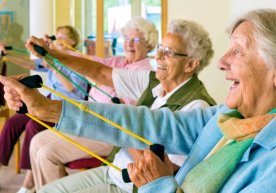
Self-confidence is a person's belief in their ability to perform a certain task. This confidence has a strong impact on a person's actions, motivation, and emotional state.
Main idea:
- A person's belief in their ability to succeed determines their behavior.
- People with high self-confidence are ready to perform complex tasks.
- People with low self-confidence may be afraid of even simple tasks.
Main sources of self-confidence (4):
1. Personal experience:
- Previous successful actions → self-confidence ↑
- Previous failures → self-confidence ↓
Example: A person who has successfully completed a task in the past is more confident in doing a similar task in the future.
2. Vicarious experience (modeling):
- Confidence increases through observing the successes of other people similar to oneself.
Example: A person, observing the successful actions of another, believes that he is capable of doing the same thing.
3. Verbal persuasion:
- The supportive and reassuring words of others increase confidence.
Example: A person's words of authority, "You can do this," increase a person's self-confidence.
4. Emotional and physiological state:
- Negative emotions (stress, anxiety) → self-confidence ↓
- Positive emotions (calmness, high mood) → self-confidence ↑
- Fatigue, illness → self-confidence ↓
Example: A calm person approaches a complex task with more confidence.
Practical significance:
Bandura's theory is widely used in education, health, sports and other areas of psychology. Various strategies have been developed to increase self-confidence. These strategies help a person achieve success.
Note:
The above 4 factors are interconnected and complement each other. Together, they are important in forming and strengthening a person's self-confidence. Read “Zamin” on Telegram!
Ctrl
Enter
Found a mistake?
Select the phrase and press Ctrl+Enter Related news
Information
Users of Меҳмон are not allowed to comment this publication.
Users of Меҳмон are not allowed to comment this publication.












